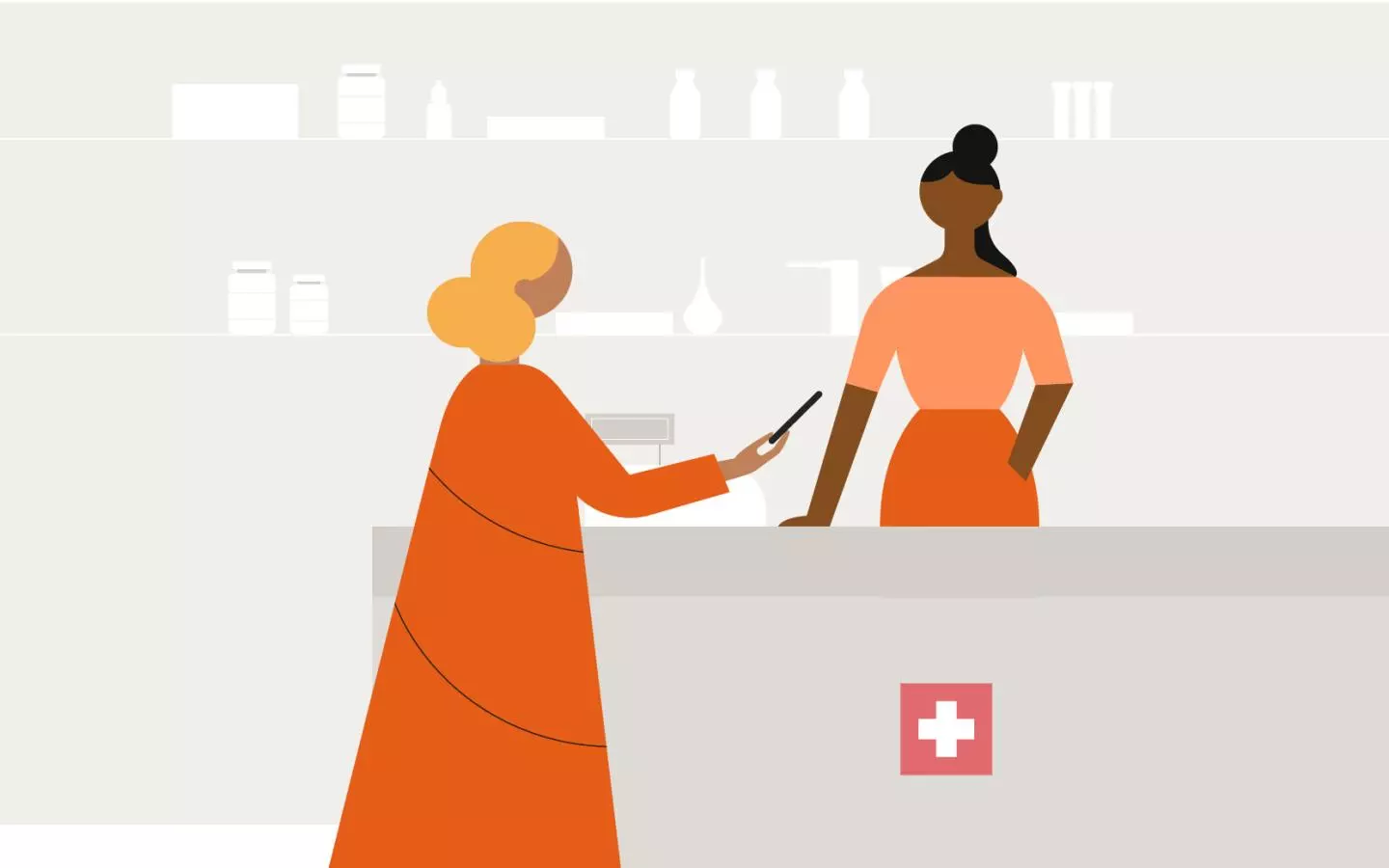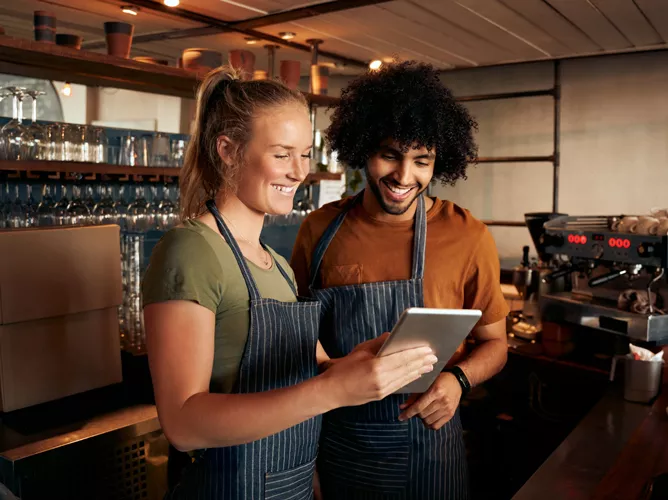November 2022 | By Emilie Kroner, senior vice president of Retail & Commerce
Health care is a vital part of daily life, but seeking health care is not without its challenges.
In a Mastercard-sponsored Morning Consult survey of over 3,000 US adults, more than half of respondents say that uncertainty drives some of the biggest challenges they have getting the health and medical care they need. Whether it’s not knowing how much treatments will set them back and how they will cover those costs, connecting with providers they trust, understanding what insurance will cover or simply finding appointments without long wait times, consumers want convenience and clarity.
The survey, conducted in July 2022, focused on consumer perceptions of retail pharmacies (e.g., CVS, Walgreens, etc.) and other views on seeking health care. The results show that retail pharmacies have an opportunity to not only shift their strategy, but to solve these challenges to provide comfort and gain loyal customers.
Most consumers will seek care from retail pharmacies
Although most adults receive care from a doctor’s office once a year and there is established comfort from this traditional method, the hurdles stemming from cost and convenience are making some rethink their traditional routine.
Retail pharmacies are becoming a popular alternative to a visit to the doctor’s office — especially among the younger generation. Some 61% say they are comfortable seeking care at a retail pharmacy thanks to the quick access and quality of care. In a world where people are used to receiving services on demand and making more deliberate choices, retail pharmacies can adapt their strategies to accommodate these expectations and cater to consumer needs.
Retail pharmacies are becoming a popular alternative to a visit to the doctor’s office — especially among the younger generation.

Pharmacies are commonly chosen for convenience
Alongside picking up some food and supplies, retail pharmacies can be counted on as the most common location for medication pick-up and the most preferred method of getting prescriptions.
Retail pharmacies can build their strategy off this established pattern of consumers seeking convenience and comfort. According to the survey, respondents say they go to retail pharmacies because they’re close to home (84%), they’ve formed existing relationships (54%) and prescriptions are filled quickly (49%). While the medicine itself may have been discovered and formed from a complicated scientific process, consumers want their own role to simply be picking it up and going home. The customer will come, so retail pharmacies can give them the option to expand their experience while they’re there.
Prescription delivery has a high ceiling as a service
Practically anything is deliverable now and prescription medication is no exception — although there is room to grow. Just 13% of surveyed adults say they typically receive their prescriptions though a delivery service offered by a retail pharmacy.
Convenience, again, plays a part. Most adults state that they are very or somewhat concerned over the medication getting lost in the mail or having to pay delivery fees, so driving to a local pharmacy can seem more appealing.
Fortunately, retail pharmacies can strategically tap into the upside of prescription delivery. While this method is not as popular as in-person pick-up, retail pharmacies can consider offering the option to the 62% of adults with at least one prescription who are very or somewhat comfortable using a delivery service. Delivery has the advantages of being more convenient than pick-up and helping prevent lapses in medication due to forgotten refills.
Earning pharmacy points grows consumer loyalty
What can be done to incentivize consumers to be loyal to a retail pharmacy? While consumers might feel that “free” is the best price, a discount is the next best thing. For US adults, whether it’s via in-store pick-up or delivery, if they’re spending at a retail pharmacy, they also want to receive loyalty benefits.
Most adults participate in at least one retail pharmacy loyalty program (56%) and find earning and redeeming rewards to be very appealing. Add free shipping, and it would be even easier to convince a consumer to use a pharmacy prescription delivery service. After all, 38% of adults say they are much more likely to use a delivery service if the cost of medication is less or the same as in-person pick-up and the delivery fee is waived. With the right strategy, a personalized experience can build loyal customers.
Ultimately, consumers want to stay healthy and feel at ease. If they have to deal with complicated matters like health care, medication and costs, the more convenient it is, the more comfortable they can feel. Read the Retail Pharmacy Perceptions report to learn more about how retail pharmacies can shift their strategy to address consumer perception, increase usage and improve consumer comfort.
 | Emilie KronerSenior vice president of Retail & Commerce |












